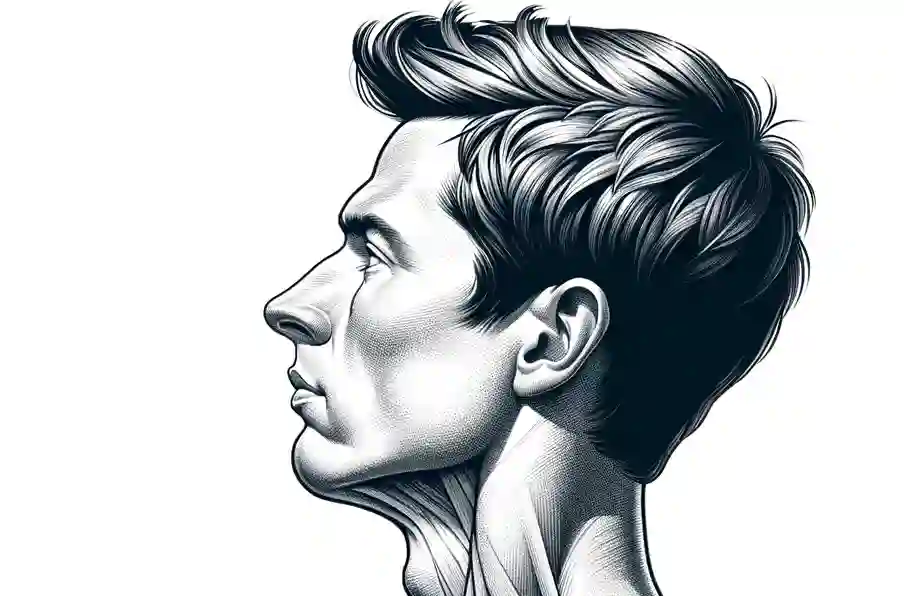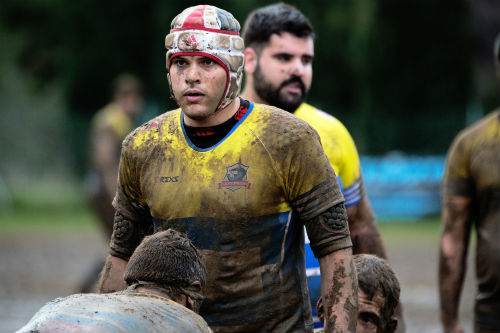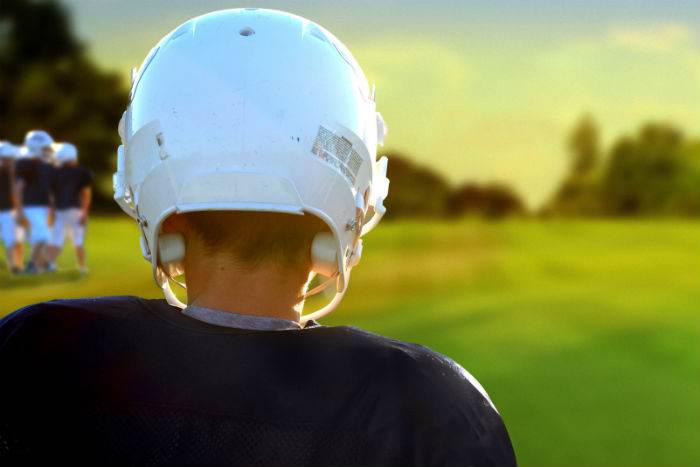Best Therapies for Cervical Radiculopathy: Alleviating Neck-to-Arm Pain
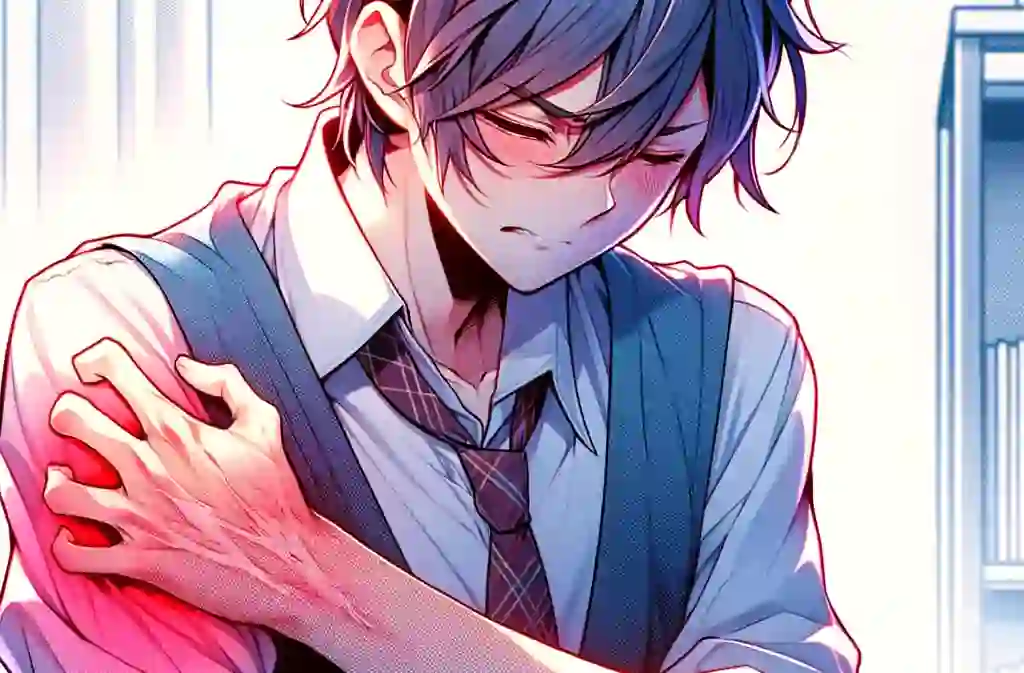
Is your chiropractor or physiotherapist having trouble improving your neck pain that is travelling down your arm ( cervical radiculopathy )?
Do you have trouble checking your blind spot, while driving from pain radiating down your arm (cervical radiculopathy).
What’s the best therapy for cervical radiculopathy?
Cervical Disc Herniation: Best Exercises For Your Sore Neck
Radiating pain from your neck that goes down your upper arm to your forearm and even your hand is called cervical radiculopathy.
Cervical relates to the neck vertebrae called the cervical vertebrae and radiculopathy refers to numbness, tingling or pain that radiates down the arm when your nerve is irritated.
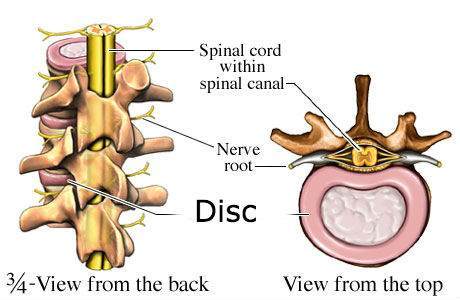
With cervical radiculopathy, your nerve is irritated right where the nerve comes out from the spinal cord between two of the neck vertebrae or cervical vertebrae. This part of the nerve closest to the vertebrae is called the root of the nerve. Like the root of a tree.
In the picture above the nerve root sticks out of from the vertebrae like some tree roots stick out of the ground. Like the nerve roots, the roots of the Mangrove Tree stick out from the ground.

Radiculopathy is thus caused by some form of irritation of the cervical nerve root. I will go over the causes of cervical nerve root irritation that is causing your cervical radiculopathy later in this article.
Cervical Radiculopathy Isn’t A Diagnosis: Unveiling the Meaning
If your doctor diagnoses you with cervical radiculopathy, it’s crucial to understand that this is not a definitive diagnosis in itself. Cervical radiculopathy merely indicates that a nerve in your neck is pinched or irritated, but it doesn’t pinpoint the root cause of the issue. It’s a descriptive term, similar to how sciatica doesn’t diagnose the underlying cause of lower back pain.
Relieve Neck Pain: Explore 3 Effective Exercises for Cervical Spine Relief
Decoding C6 Cervical Radiculopathy: Understanding the Vertebrae
To make sense of this description, let’s delve into the specifics. The neck consists of seven vertebrae, known as cervical vertebrae. To differentiate between them, they are numbered sequentially. So, the first vertebra in the neck is designated as C1, followed by C2 for the second, C3 for the third, and so on, until we reach C7. This numbering system helps pinpoint the exact location within the cervical spine that is affected.
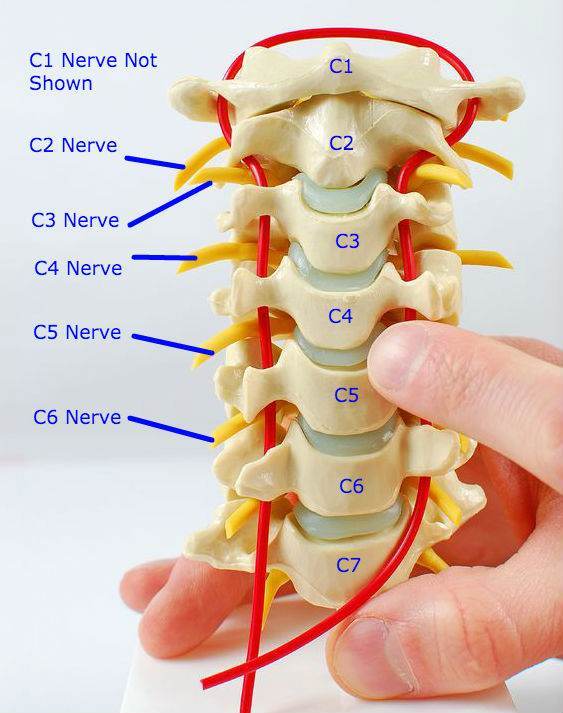
Nerve and Vertebrae Numbering: Understanding the Connection
In the context of cervical radiculopathy, it’s essential to recognize the numbering system of both the vertebrae and nerves. Each vertebra in the neck corresponds to a specific nerve, making it easier to identify the affected area.
C6 Cervical Radiculopathy: Pinpointing the Problem
In the case of C6 cervical radiculopathy, it signifies that your C6 nerve is experiencing compression or irritation. The crucial question now is, what’s causing this radiculopathy, and what’s the underlying diagnosis?
Diagnosis Matters: Tailoring Treatment
Determining the precise diagnosis is of paramount importance, as treatment approaches can vary significantly based on the underlying cause. If inflammation is the root cause, treatment should focus on reducing inflammation. However, if the nerve compression results from an infection, a distinct treatment strategy is necessary.
Fortunately, infections causing cervical radiculopathy are relatively rare. In most cases, cervical radiculopathy stems from a handful of common causes.
Why Do I Have Cervical Radiculopathy
Here are the three main causes of cervical radiculopathy.
- Osteoarthritis of the bones and ligaments causing pinching of the nerve root called Cervical Lateral Stenosis.
- Osteoarthritis of the bones and ligaments causing pinching of the spinal cord called Cervical Spinal Stenosis.
- Osteoarthritis of the disc (degenerative disc disease) leads to disc herniations which cause pinching of the nerve root.
1. Cervical Lateral Stenosis=Pinching of the Nerve Root
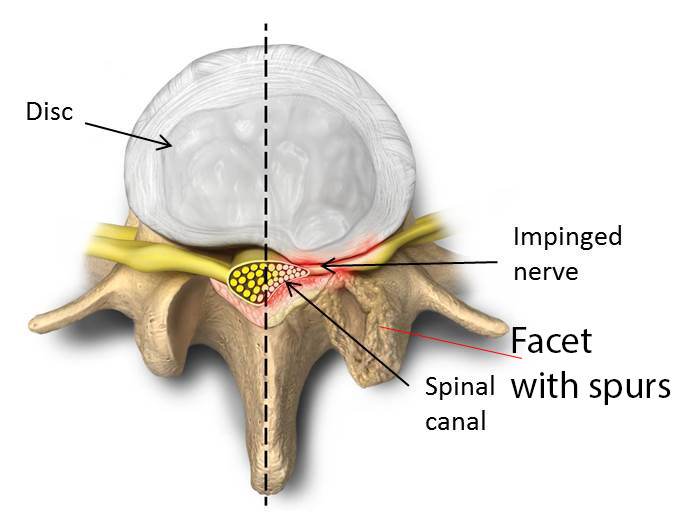
Osteoarthritis can form bone spurs and enlargement of the ligaments that surround the nerve root. Cervical lateral stenosis is the pinching of the nerve at the nerve root.
Looking at the picture above you can see the label “impinged nerve” that is pinched between the “facet with spurs” and the “disc”.
Cervical lateral stenosis will cause pain down the arm usually when you bend sideways or rotate your neck to the bad side and often if you bend your head backwards as far as it will go. Sometimes all directions will be restricted.
2. Cervical Spinal Stenosis=Pinching Of Your Spinal Cord
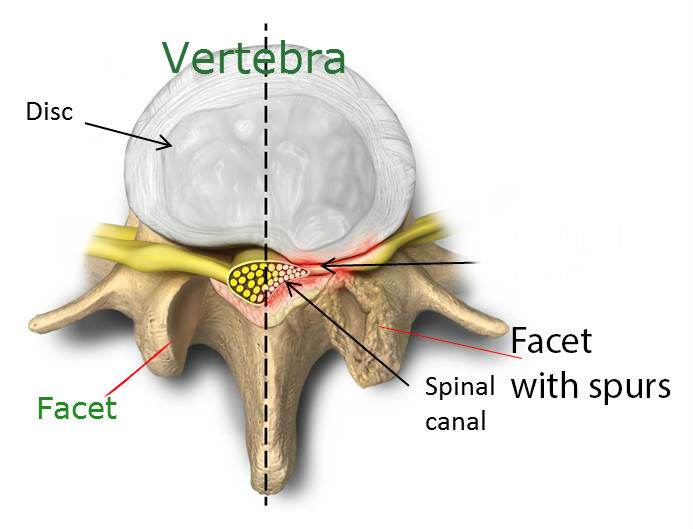
Osteoarthritis can also form bone spurs and enlargement of the ligaments in the spinal canal. Looking at the picture above you can see the label “spinal canal”. Inside the spinal canal is the spinal cord which is being pinched from the bony spurs and the disc as well.
As osteoarthritis worsens the space for your spinal cord gets smaller and smaller. When the space for your spinal is small enough you will typically feel better when you bend your neck a little forward and worse in most other directions. Symptoms you can get include numbness, tingling and pain down the arm but you can also get pain going down the into the leg. Yes, the leg as the spinal cord extends down to the lower back.
3. Disc Herniation
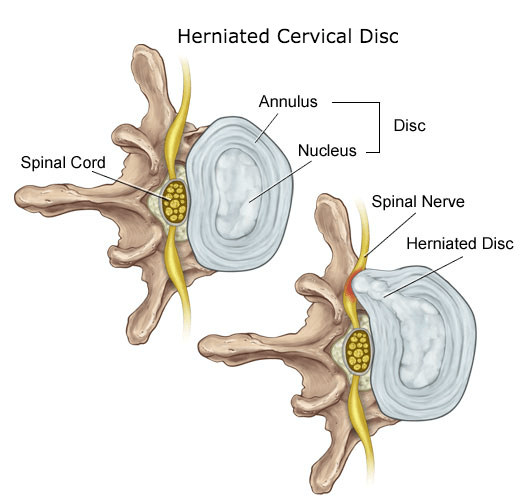
Cervical Disc Herniation: Osteoarthritis of the disc otherwise known as degenerative disc disease causes your disc to weaken, while sometimes trauma can damage your disc.
When enough layers of the protective annulus seen above are broken down then the inner stuff like a jelly doughnut called the nucleus can start to push outward. If the nucleus puts enough pressure from the inside the bulge can grow large enough to pinch the nerve.
Common Mistakes And MisDiagnosis
- Pinching of a bundle of nerves at the base of the neck. Your doctor might call this brachial radiculopathy or more accurately thoracic outlet syndrome.
- Pinching of the same bundle of nerves this time at the chest. Also called brachial radiculopathy or more accurately thoracic outlet syndrome.
- Cervical Radiculopathy with no symptoms in the neck but starts in the shoulder.
Common Misdiagnoses of Cervical Radiculopathy: What You Should Know
In some cases, conditions that are not technically cervical radiculopathy are often mistaken for it. It’s important to be aware of these misdiagnoses because receiving treatment based on an incorrect diagnosis can lead to ineffective results.
Misdiagnosis: Neck and Upper Back Pain
Doctors and chiropractors may occasionally misdiagnose neck and upper back pain as cervical radiculopathy. This can lead to treatment that primarily focuses on the neck, while the root cause may be in the front of the neck at the base or within the chest muscle pectoralis major. Neglecting this crucial area can hinder the effectiveness of treatment.
Misdiagnosis: Shoulder Pain
Shoulder pain is another commonly mistaken condition. Sometimes, neck problems can mimic shoulder issues, causing healthcare practitioners to concentrate solely on the shoulder. This misdiagnosis can result in months of ineffective treatment, as the true source of the problem remains unaddressed. In such cases, tight muscles in the shoulder and arm may respond temporarily to shoulder-focused treatment, reinforcing the misdiagnosis.
Cervical Radiculoapthy Treatment
The great news is that cervical radiculopathy treatment by manual methods like chiropractic was found to be more effective than surgery.
What are the treatments that were used in research studies that were found to be effective?
- Mobilizations: Movements that are done by a health practitioner to move your vertebrae
- Retractions which are like chin-tuck movements
- Cervical Lateral Glides: Fancy way of saying side movements of the neck done by a health practitioner like a chiropractor or physiotherapist
- Nerve Flossing: Stretching of the nerve to free the nerve that is trapped by muscles, tendons, discs, bones or other tissue.
Treatment that may or may not help
- Spinal Manipulation studies are not yet proven either way to help cervical disc manipulation [2-3].
Tell us what you think in the comments below and like us on Facebook. I will answer all questions in the comments section here at this downtown Toronto Chiropractic clinic.
Pictures
- http://espine.com/cervical-herniated-disc/anterior-cervical-fusion/
- http://www.naturefoundationsxm.org/education/mangroves/red_mangrove.htm
Research
- Boyles R, Toy P, Mellon J et al., Effectiveness of manual physical therapy in the treatment of cervical radiculopathy: A systematic review, Journal of Manual and Manipulative Therapy 2011; 19 (3): 135-142.
- Peterson CK, Schmid C, Leemann S et al., Outcomes from Magnetic Resonance Imaging-Confirmed Symptomatic Cervical Disk Herniation Patients Treated with High-Velocity, Low-Amplitude Spinal Manipulative Therapy: A Prospective Cohort Study With 3-Month Follow-Up, Journal of Manipulative & Physiological Therapeutics 2013; 36: 461-467.
- Rodine R & Vernon H, Cervical radiculopathy: a systematic review on treatment by spinal manipulation and measurement with the Neck Disability Index, Journal of the Canadian Chiropractic Association 2012; 56(1): 18–28.

